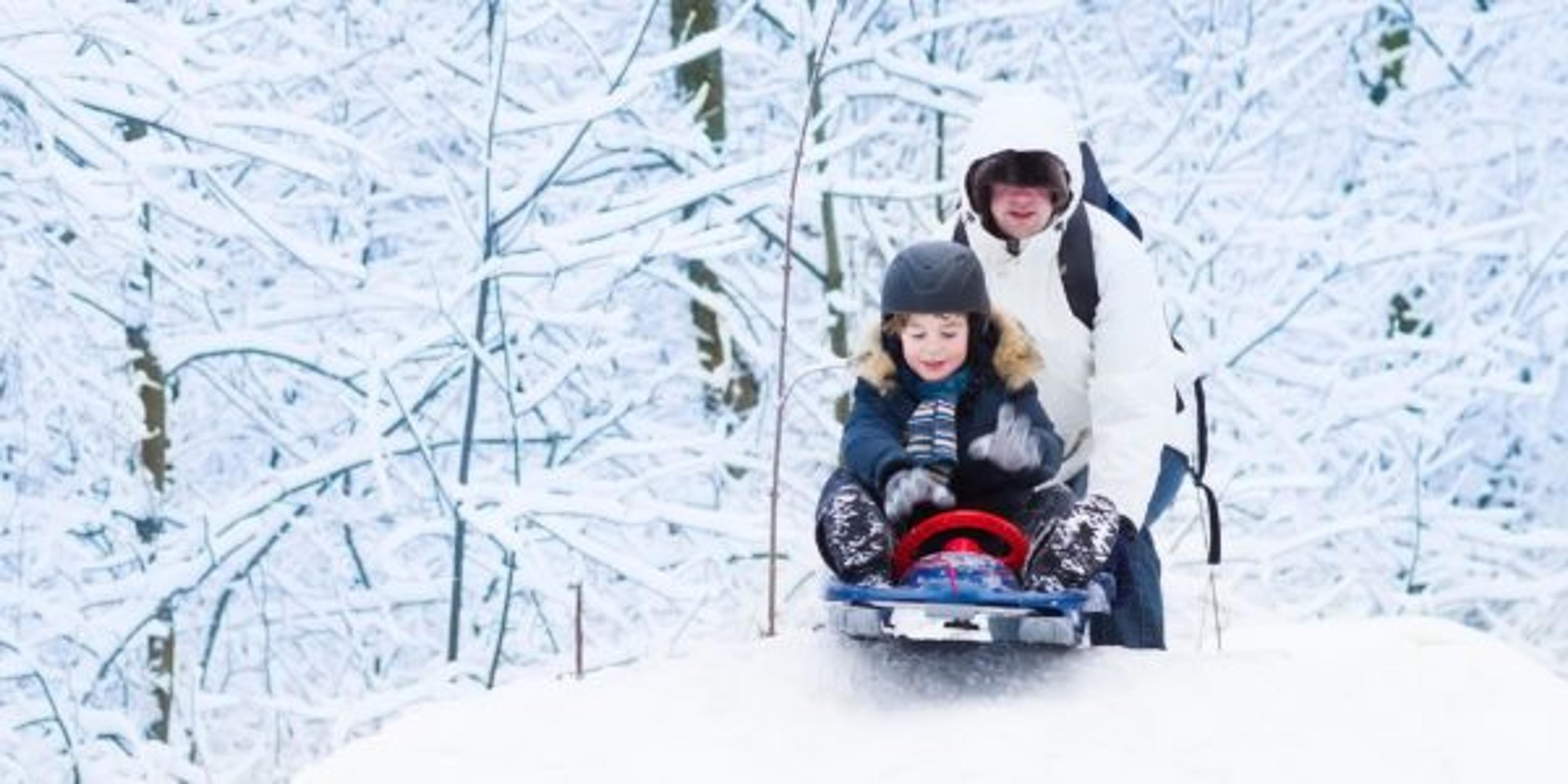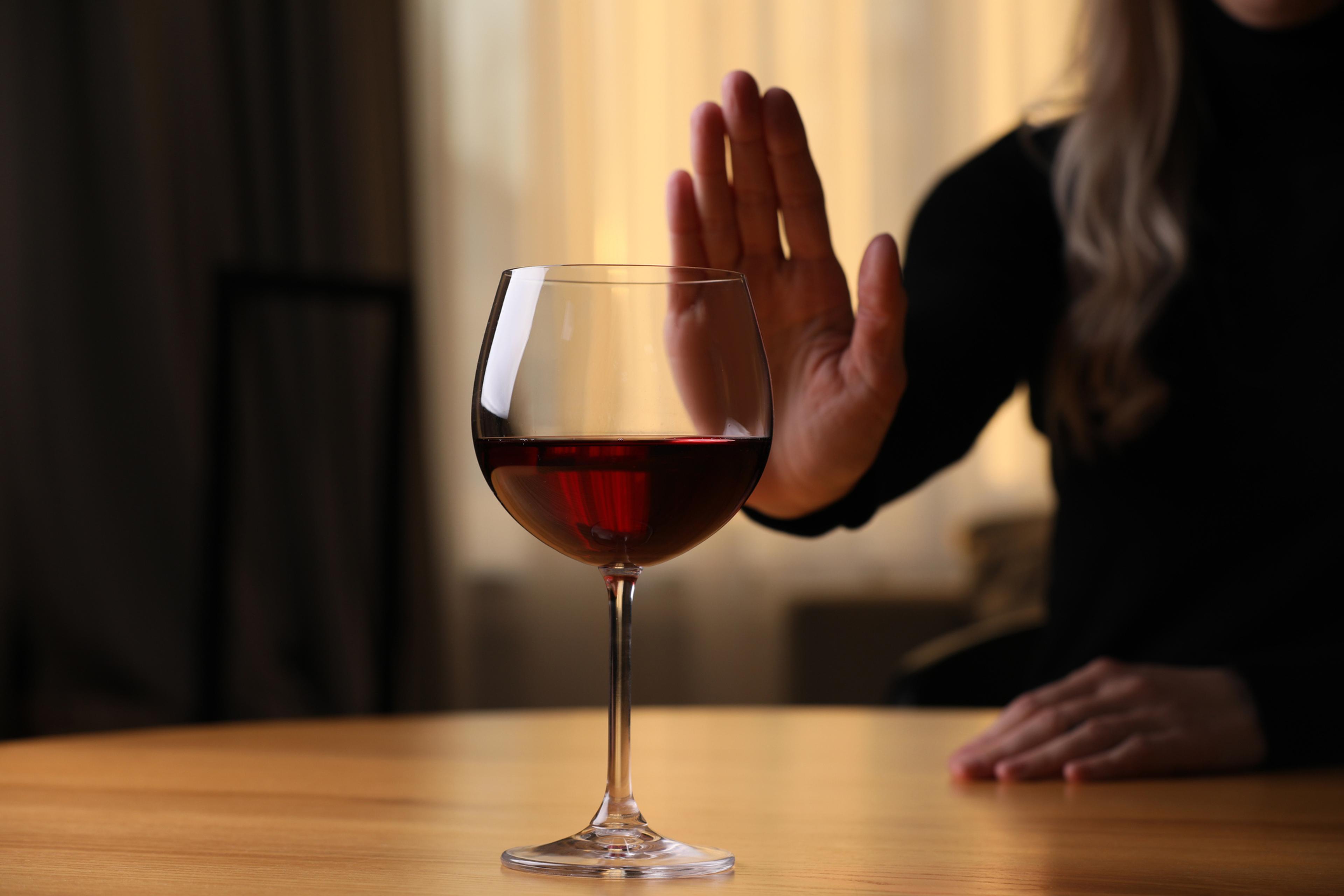Ways to Teach Your Kids Sledding Safety
Shandra Martinez
| 3 min read

When you’re a little kid, there are few things more exhilarating in the winter than flying down a snow-covered hill on a sled, then slowly gliding to a stop at the bottom. The promise of another trip down the hill is usually enough incentive to make the climb back to the top. But sledding can also be a dangerous activity for children, leading to injuries linked to thousands of hospital emergency room trips each year. But there are ways to make it safer. Here are some tips to teach your kids about sledding safety.
Collisions are the biggest cause of injury. When it comes to sledding, injuries to children are of particular concern to health care providers because young people make up the bulk of those needing medical treatment. A recent study by the Center for Injury Research and Policy at the Nationwide Children’s Hospital in Ohio looked at a 10-year window of sledding-related emergency room visits at U.S. hospitals. It found nearly 70% of patients being treated were 19 years old and younger. Some of the study’s other findings:
- Most people in sledding accidents are injured in a collision.
- Most of these collisions are with an object in their path (a tree, a fence, etc.)
- Collision injuries also occur when a person hits the ground hard, runs into another person or another sled .
Head injuries are a serious concern. ER patients injured in sledding collisions are more likely to suffer a head injury. These include concussions and closed-head injuries, the study authors said. They found more than 80% of children treated in an ER for a sledding injury had sustained a head injury.
But there are things you can do to keep kids safer on the sledding hills. Just like with any activity, you’ll want to go over some basic safety tips before they woosh away. Children’s safety experts, including the National Safety Council, suggest the following:
Use a safer type of sled. Children riding on inflatable snow tubes and round saucers have higher concussion rates than kids sitting in traditional sleds or toboggans, nationwide ER reports show.
Do a sled check: Make sure your kids’ rides are in good condition. Check for cracks, sharp edges or broken parts that could cause a spill downhill.
Wear a helmet. Kids already wear them on bikes and when they skateboard. Wearing a helmet when they are careening down a hill is not only common sense, it can save your kids a trip to the ER.
Check for obstacles. Pick a hill that is free from hazardous obstacles both on the hill itself and at the bottom. Look for trees, fences, big rocks, telephone poles or other things a sled can smack into.
Stick around. If you bring a young child to a sledding hill, stay nearby. If you are not sledding, station yourself at the bottom of the hill to make sure they stop safely.
Wide open spaces. A good sledding hill should offer enough room without being too crowded. It should offer clear, designated areas where kids can climb back up a hill without being knocked to the ground by sledders coming downhill. For young kids, the hill should have a gentle slope, and plenty of area for them to glide to a stop.
Related:
Photo credit: Getty Images





